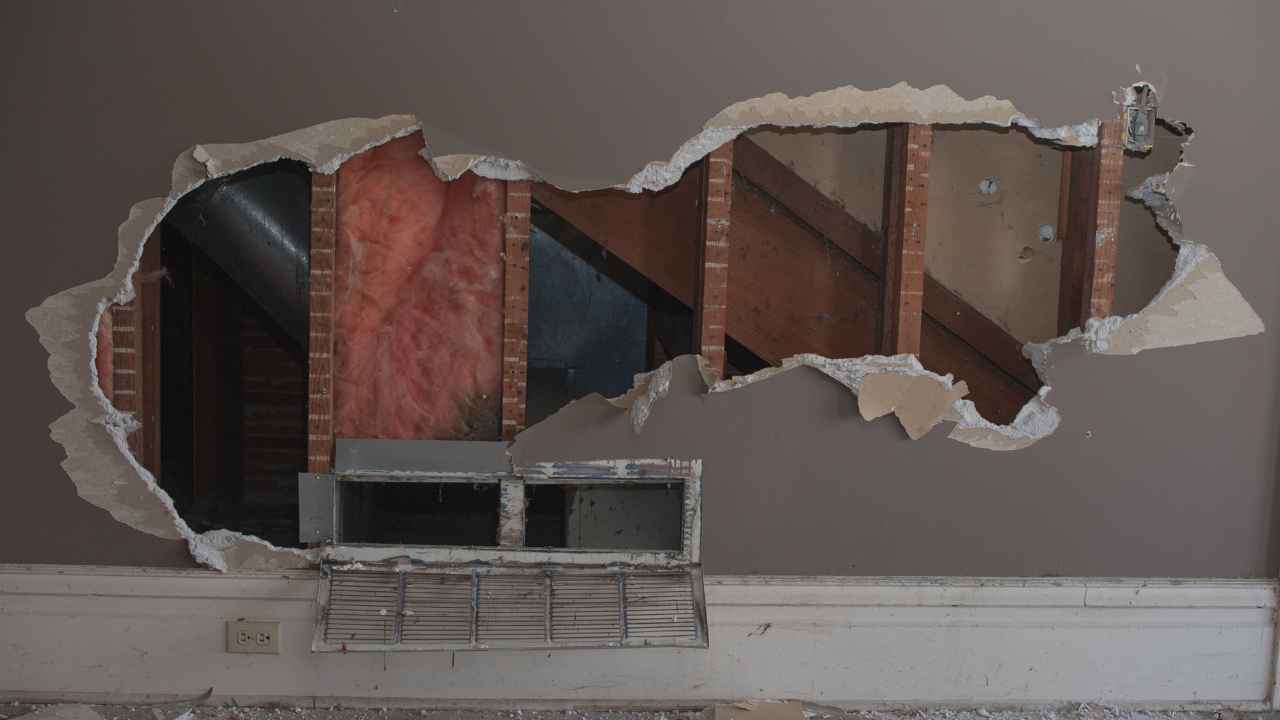What is the Process for Water Damage Cleanup?
Water damage can be a devastating experience for homeowners and business owners alike. Whether caused by a burst pipe, a natural flood, or a leaky roof, the effects of water damage can be long-lasting if not addressed promptly and appropriately. Understanding the water damage cleanup process can help you take the necessary steps to restore your property effectively.
Step 1: Safety First
Before beginning any cleanup efforts, it’s essential to prioritize safety. Follow these guidelines:
- Turn off the electricity in areas affected by water.
- Wear protective gear, including gloves and boots.
- Ensure there are no hazards like mold or unstable structures.
Step 2: Assess the Damage
Once you have ensured your safety, assess the extent of the water damage. This includes:
- Identifying the source of the water.
- Evaluating how far the water has spread.
- Examining the type of water involved (clean, gray, or black).
Understanding the type of water is crucial for determining how to proceed with cleanup, as it impacts the health risks involved.
Step 3: Stop the Source of Water
To prevent further damage, it’s crucial to stop the water source. This may mean:
- Shutting off the main water supply.
- Repairing leaks or broken pipes.
- Using sandbags or other barriers to prevent floodwater from entering your property.
Step 4: Remove Standing Water
Once the source is halted, it’s time to remove standing water. Depending on the amount of water, you might use:
- Wet vacuums to eliminate smaller amounts of water.
- Submersible pumps for larger volumes.
- Professional water extraction services if necessary.
Speed is essential here; the sooner you remove the water, the less damage will occur.
Step 5: Dry and Dehumidify the Area
After water removal, the next critical step is drying the area thoroughly. This process involves:
- Opening windows and doors to promote ventilation.
- Using fans and dehumidifiers to remove moisture in the air.
- Removing carpets, rugs, and upholstery that retain water.
Wall and ceiling materials may also need special attention. Drying must occur within 24-48 hours to prevent mold growth.
Step 6: Clean and Sanitize Affected Areas
Cleaning and sanitizing surfaces is crucial to eliminate contaminants. Follow these steps:
- Use a mixture of water and mild detergent to clean surfaces.
- Disinfect using a solution of water and bleach (ensure proper ventilation).
- Dispose of items that cannot be cleaned, such as soaked drywall or insulation.
Always follow manufacturer instructions for cleaning products and avoid mixing chemicals.
Step 7: Repair and Restore
Once everything is dry and sanitized, it’s time to make repairs, which may include:
- Reinstalling drywall and insulation.
- Replacing damaged flooring.
- Fixing plumbing issues that caused the water damage.
Consider hiring professionals for significant repairs to ensure they meet local codes and standards.
Step 8: Prevent Future Water Damage
After successfully cleaning up, take steps to prevent future incidents:
- Inspect and maintain your roof and plumbing regularly.
- Install sump pumps in basements.
- Consider adding window well covers and proper drainage to your property.
Conclusion
The process for water damage cleanup is crucial for restoring your home or business to its original condition. From ensuring safety and stopping the water source to thorough cleaning and prevention measures, each step plays a critical role in the overall success of the cleanup effort. Remember, timely and appropriate action is vital in minimizing damage and protecting your property from further issues. If the damage is extensive, don’t hesitate to reach out to professional water damage restoration services to assist in the cleanup process.

